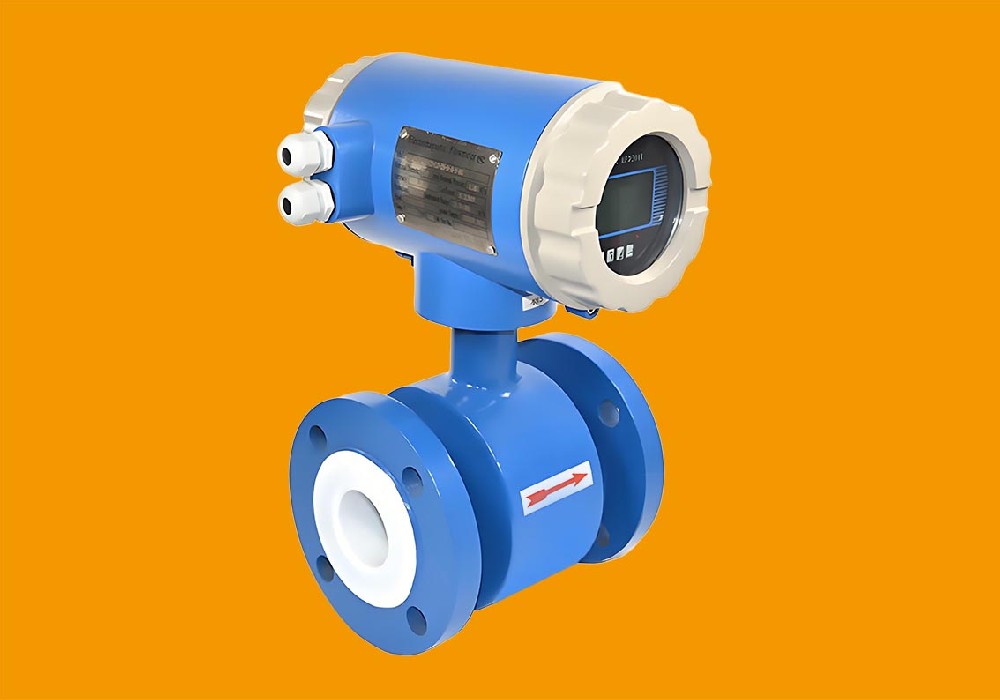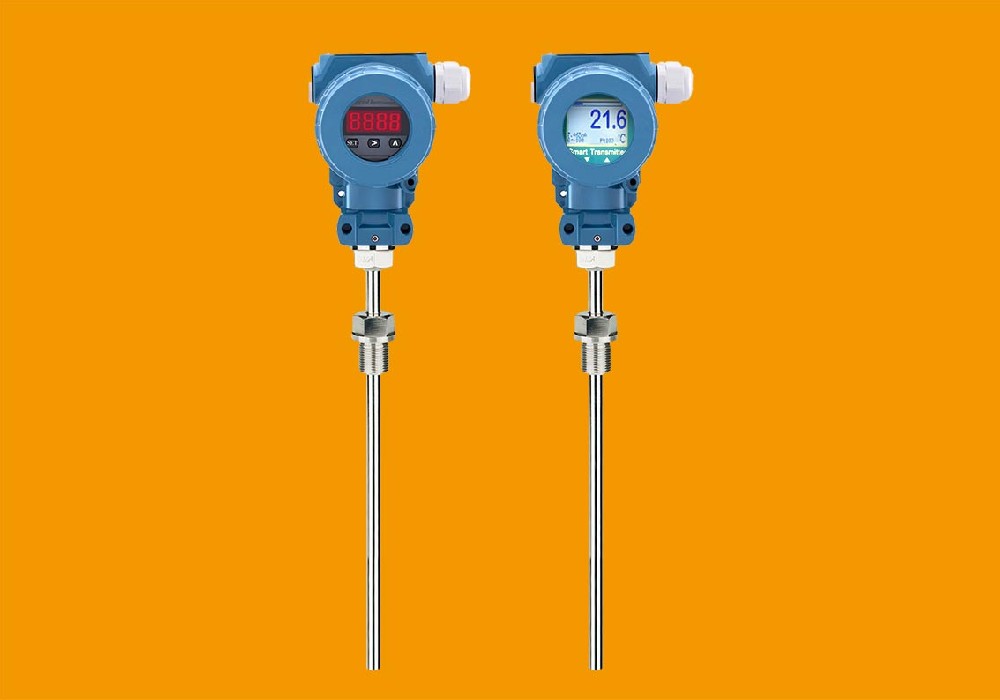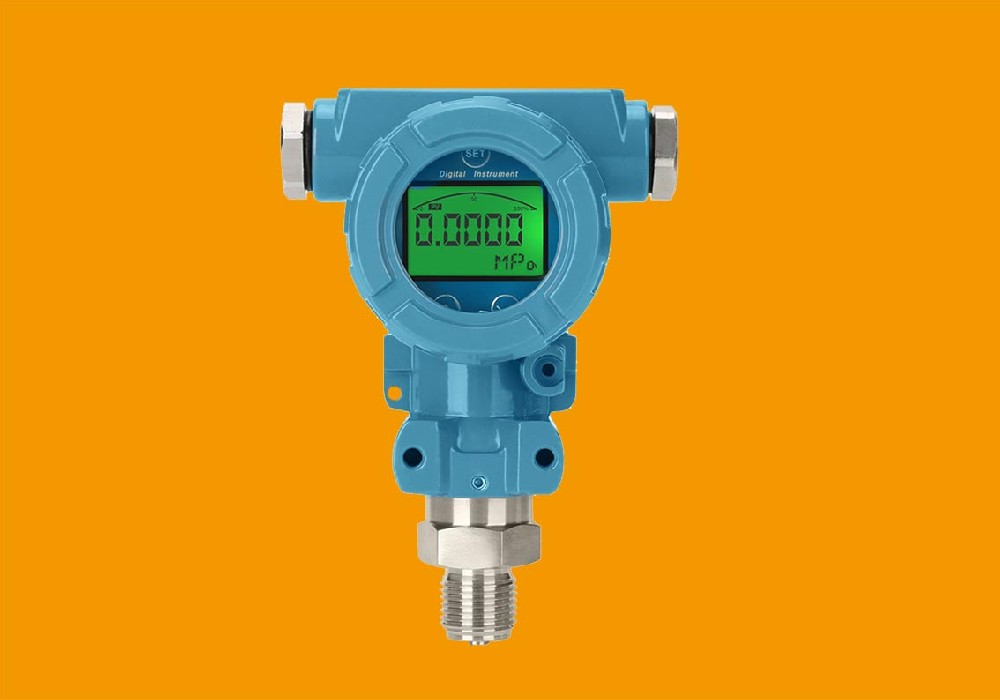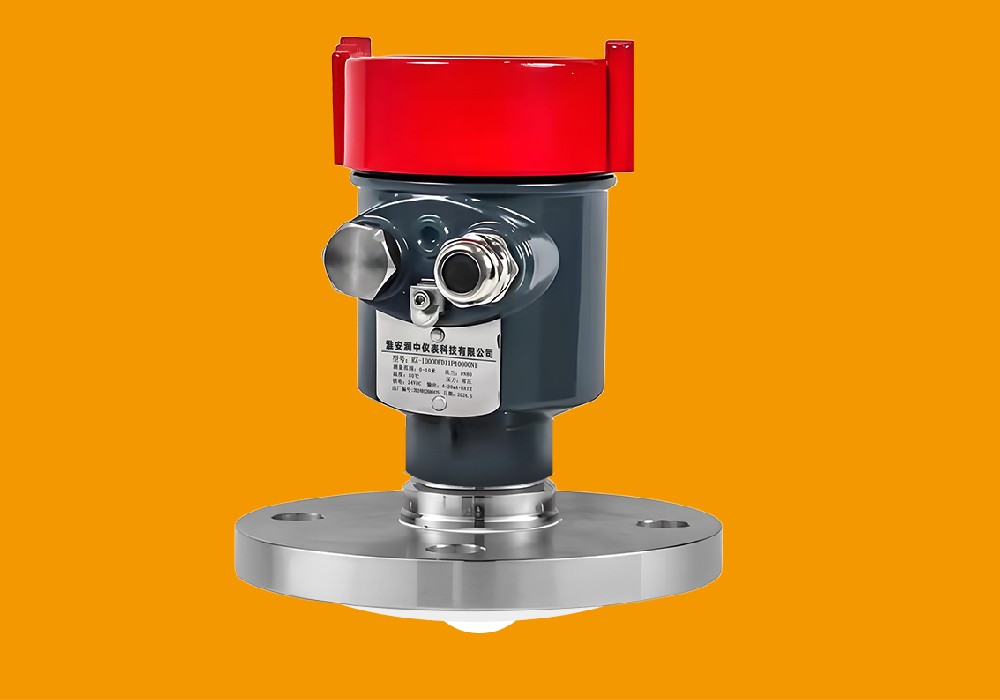

As the technical director of this oil reserve depot, I have witnessed the transformation of liquid level measurement equipment from the traditional float type to the radar type. The technical struggles and the improvement in actual efficiency are still vivid in my memory.
Our depot has 38 100,000-cubic-meter vertical storage tanks, which regularly store Saudi light crude oil and domestically refined diesel oil. The dangerous situation on that rainy night four years ago still makes me shudder when I think about it. At that time, the float level gauge of Tank 3 showed that the oil level was still 1.2 meters away from the top of the tank, but when the inspector manually measured it with a sounding hammer, it was found that the actual remaining capacity was less than 0.5 meters. When we disassembled the level gauge, we found that the asphaltenes in the crude oil had formed a 0.3-millimeter-thick scale on the float shaft, causing the mechanical transmission to jam — this was the third similar failure in half a year.
The core defect of the float level gauge lies in the mechanical contact measurement. It drives the lever mechanism through buoyancy, converting the liquid level change into a 4-20mA current signal. However, sulfides in crude oil can corrode the stainless steel float, and additives in refined oil can adhere to the inner wall of the guide tube, resulting in the need for shutdown and dredging at least twice a month. What's more troublesome is that in winter, when the oil temperature in the tank drops to 12°C, the viscosity of diesel oil rises to 80mm²/s, and the response speed of the float lags behind the actual liquid level change by up to 3 minutes, which is simply a disaster for precise scheduling.
When deciding to replace the equipment, we compared five schemes: ultrasonic level gauges have serious signal attenuation in the oil and gas environment inside the tank; magnetostrictive ones are prone to zero drift under high pressure; while the non-contact measurement characteristic of radar level gauges just avoids these pain points. The finally selected 26GHz pulse radar level gauge emits microwave signals with a wavelength of only 11 millimeters, which can penetrate the mist formed by the oil-gas mixture and form a stable reflection on the liquid surface.
The installation process was comparable to a surgical operation. I led the team to build a temporary platform at the 600-millimeter-diameter manhole on the top of the storage tank, and used a laser line projector to calibrate the installation perpendicularity of the sensor, ensuring that the angle between the beam axis and the tank wall normal was controlled within 3° — this angle is the critical value calculated through fluid dynamics simulation, and exceeding 5° will cause tank wall echo interference. To avoid the internal heating coils, we also hung 3D scanning equipment inside the tank to draw a detailed internal structure diagram. Finally, the sensor was installed at a position 1.8 meters away from the tank wall, just outside the blind area formed by the coils.
The technical details during the commissioning phase were even more challenging. In view of the fact that the crude oil surface is prone to form an emulsified layer, we switched the echo processing algorithm from the standard mode to the "heavy oil mode" through software to enhance the ability to identify weak reflection signals. In a calibration, we injected 200 cubic meters of diesel oil into the empty tank step by step. By comparing with the standard oil gauge, we found that there was a deviation of ±5 millimeters when the liquid level was lower than 2 meters. By adjusting the antenna gain parameters, the full-range error was finally controlled within ±3 millimeters, reaching the highest precision level of the API 650 standard.
These radar level gauges have never failed in the past three years of operation. During the cold wave last year, the temperature inside the tank dropped to -8°C, but the propagation speed of the microwave signal was not affected, and the measurement response time was stable within 0.5 seconds. What's more surprising is its maintenance cost — apart from wiping the antenna with anhydrous ethanol once a quarter, there is almost zero maintenance. Through the comparison of historical data from the SCADA system, after replacing the equipment, the utilization rate of our tank capacity has increased by 7%, reducing the loss caused by measurement errors by about 120 tons per year, which means that the equipment investment was recovered in three months.
Every time I look at the beating liquid level curve on the screen in the central control room now, I always think of the first time I saw the radar echo waveform diagram: the clear liquid surface echo peak is like a steep mountain, and the nearby interference signals are like gentle hills. This sense of control brought by technology is something I never had when using the float type level gauge in the past.
- Previous:How to Select the Appropriate Type of Radar Level Gauge
- next:没有了!

- Huai'an Runzhong Instrument Technology Co., Ltd All Rights Reserved















